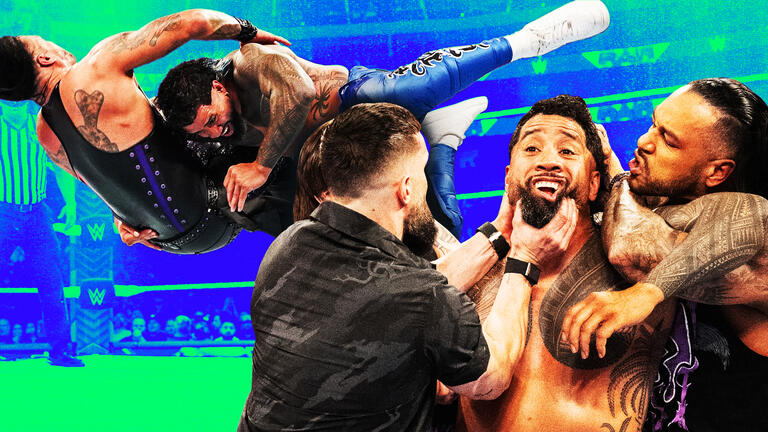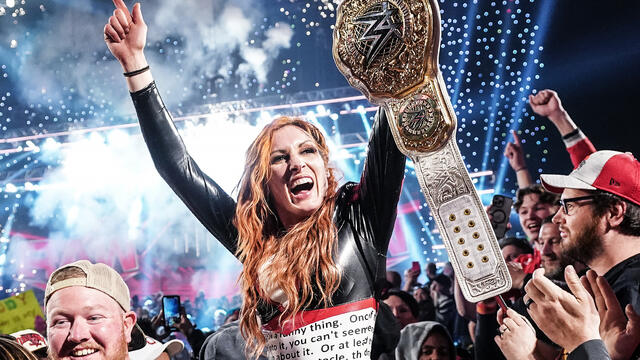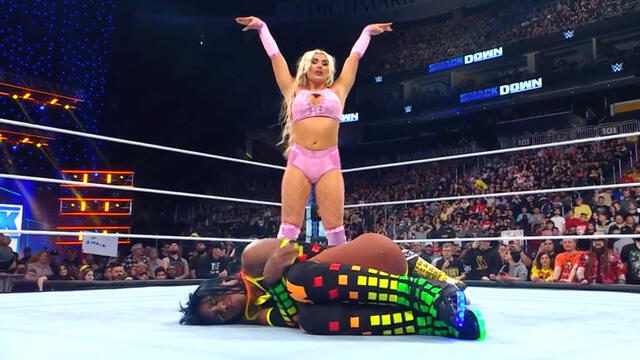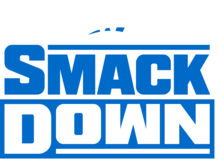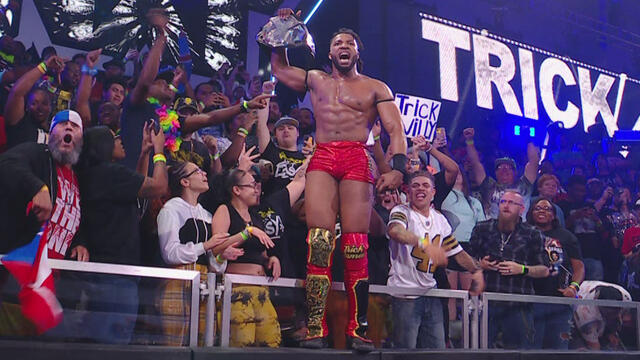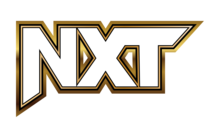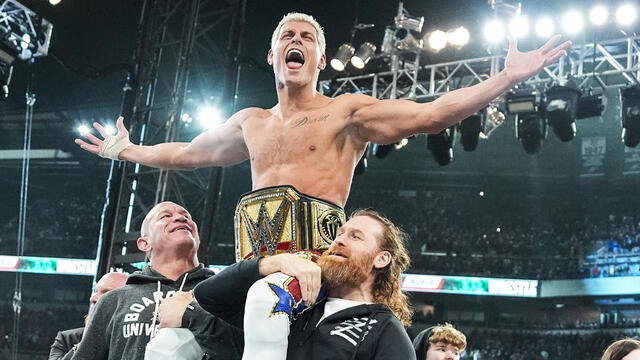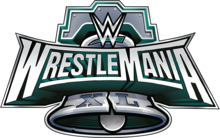
The true story behind the debut of WCW Monday Nitro
“Uh, Eric, what do we need to do to become competitive with Vince?”
According to former WCW president Eric Bischoff in his book “Controversy Creates Cash,” those words spoken by Ted Turner were what led to the infamous Monday Night War, the battle between WCW’s Monday Nitro and WWE’s Raw for sports-entertainment supremacy.
What was supposed to be a meeting to pitch Turner on licensing WCW programming to a Chinese broadcasting company owned by foe Rupert Murdoch ended up changing the mat industry forever. The billionaire mogul interrupted Bischoff’s presentation to pose that question. Thinking on his feet, the young executive threw out the idea that WCW needed a prime time television slot.
No one expected Turner to immediately turn to the president of TNT and tell him to give WCW two hours on the network every Monday night. But that’s exactly what happened. Bischoff and his crew rushed the program that would become WCW Monday Nitro into production, hoping to get it on the air by August, 1995.
In the locker room, WCW’s stars were thrilled at the prospect of going head-to-head with WWE.
“There was a lot of excitement,” Jimmy Hart told WWEClassics.com. “A lot of us had already been [with WWE], like Arn Anderson, Randy Savage, Hulk Hogan and I. We knew what it was like to be on that kind of stage.”
See photos of the first Nitro | Watch highlights
Despite feelings of anticipation among the veteran wrestlers, there was still a prevailing outlook that this was too big a step for the Atlanta-based company.
“Going head-to-head with WWE would mean one of two things,” Bischoff wrote in his book. “We’d either rise to the occasion and be successful, or our failures and weaknesses would be obvious and we’d never get a chance at it again.”
There were also feelings that WCW’s production was not on the level of WWE, which would make them look inferior.
“Vince McMahon and WWE had put out such a good product for such a long time,” explained Kevin Sullivan, one of WCW’s top producers at the time. “They were the top of the wrestling business.”
That meant that WCW had to do everything it could to establish itself as being different from WWE in every way possible, otherwise it would be looked at as a copycat.
“That was the most important thing,” Hart explained. “Otherwise, you were just going to see Hulk Hogan, Ric Flair and Randy Savage, but on a smaller scale than WWE.”
“I realized WWE was selling a Mercedes Benz,” Sullivan added. “I couldn’t go and sell a Ford against it, but I could sell a Harley Davidson. They’re two vehicles with completely different niches. I believed there was a niche for [WCW].”
Bischoff, after galvanizing his staff into putting their full effort into launching Nitro, set out to gain any insight on what he could do to make his program better than WWE. With the help of a crack Turner Broadcasting researcher, Bischoff saw something that kept coming up in the responses they got from potential viewers.
“The questions were things like, ‘What do you like about professional wrestling?,’ ” Bischoff wrote in “Controversy Creates Cash.”
“The answer: ‘I like it when it’s unpredictable.’ ‘Unpredictable’ and ‘spontaneous’ popped up over and over. People like surprises, especially in wrestling.”
Little did Eric Bischoff know, one of the biggest surprises in wrestling history was about to fall into his lap.
“It was all Sting,” Lex Luger said with a hearty laugh. “It was all his fault.”
As WCW readied Nitro, the powerhouse known as The Total Package was in the midst of a big run with WWE. After leaving WCW in 1992, Luger famously landed on the deck of the USS Intrepid and bodyslammed the massive WWE Champion Yokozuna, setting off a summer-long tour across America in a bus dubbed the "Lex Express."
Luger relives his "Lex Express" expedition
Though Luger’s WWE Title aspirations cooled off by spring 1994, he was still happy in WWE.
“I was hoping to end my career with the company,” Luger told WWEClassics.com. “Vince and I had a great relationship.”
When Luger’s WWE contract came up for renegotiations in early 1995, things hit a snag.
“I was trying to negotiate some things outside of wrestling,” Luger explained. “Because of that, we hadn’t worked out a new contract. My old one expired and I was working on a handshake for six months. It was unheard of.”
A conversation between Luger and Sting, one of his closest friends, set things in motion. The Stinger couldn’t believe that Luger was working on a handshake.
“He was astonished,” Luger said. “He asked if he could call me back and called Eric Bischoff to let him know, because of Nitro.”
Who is the greatest star in WCW history?
Bischoff, at first, wasn’t even considering bringing The Total Package back to WCW.
“I never really liked Lex much,” the WCW executive wrote in his book. “He treated people badly and had too high an opinion of himself.”
Today, Luger’s quick to agree with that assessment.
“Back then, I was much more all about me,” he said.
However, after a series of clandestine meetings, Bischoff and Luger agreed on a deal to bring The Total Package back to WCW. Before pen was put to paper, though, Bischoff had one caveat: He wanted Luger to not give notice to WWE.
“They knew, the way the Internet was, even back then, if I gave notice it would have ruined the surprise,” Luger said.
Still, The Total Package had misgivings about the whole situation, despite being free to do so, given his handshake agreement. He felt it went against how he had been brought up in the business.
As the debut of WCW Nitro neared in September 1995, Luger had traveled to Canada’s Maritimes for a weekend of WWE Live Events. Lex made, what turned out to be, last-ditch efforts at finalizing a new deal with WWE, which were fruitless. He left Moncton, New Brunswick, and WWE, heading out to Minneapolis for what would be an historic night.
The first Nitro emanated from the Mall of America. WCW chose the shopping center as its first venue for very specific reasons.
“Malls were hot at the time,” Sullivan explained. “It was the biggest mall in America. It made it look like we were coming from the largest venue other than an arena.”
“WCW was drawing okay,” Hart said. “We knew we needed something that looked fresh, not just another audience in an arena. People were hanging over the balconies everywhere you could see. When the cameras panned around, it was magnificent.”
The Minneapolis crowd was treated to a fantastic opening match, a fast-paced encounter between light-heavyweight trailblazers Brian Pillman and Jushin “Thunder” Liger. Though fans were ready for a night of action, they had no idea what they were about to be witness to.
In a hotel across town, Lex Luger was secluded, separated from all the hubbub at the Mall of America.
“I didn’t know anything about [what was going on at Nitro],” Luger said. “They waited until the show was on the air, shoved me in a van and brought me into a back area of the mall. I was away from where the show was and any of the wrestlers were, in a big trenchcoat with a towel over my head.”
No one in WCW had laid eyes on Luger until the moments right before he walked out to save Hulk Hogan from a beatdown at the hands of Sullivan and his Dungeon of Doom.
Highlights from the first Nitro
“When I came out, it was such a shock to everybody,” Luger said. “You could feel the electricity in the air.”
“That was the last thing people were expecting,” Sullivan said. “WWE had put a lot of resources into Lex. He wrestled the champion at WrestleMania.”
Luger’s defection set the tone for the unpredictable feeling of Monday Nitro. Over the next few years, a shocking amount of WWE Superstars made the leap to WCW.
“That was one of the things that really made wrestling on Monday nights,” Sullivan said.
The successful launch of WCW Nitro helped usher in one of the biggest booms in sports-entertainment history. Nitro grew to be a formidable competitor to Raw as WCW beat WWE in the ratings for 84 consecutive weeks in what became known as The Monday Night War. The stiff competition forced WWE to step up its game, bringing about the Attitude Era.
25 moments that defined the Attitude Era
“It brought out the best in both companies,” Luger said. “Both WWE and WCW got super creative, it was the greatest period of creativity I’d seen in my career.”
Sullivan, an influential general on WCW’s side of the war, was quick to agree.
“You couldn’t walk down the street without seeing an nWo shirt, a Goldberg shirt or a “Stone Cold” Steve Austin shirt,” he said. “The combined ratings were astronomical, they hooked the American public.”
The battle for sports-entertainment supremacy made an enormous impression on millions of people. The man who fired the first salvo of The Monday Night War still hears about it all the time.
“It made Monday nights,” Luger said. “People have such fond memories of it. They come up and tell me all the time about how they had the remote flipping back and forth between Nitro and Raw. It was unbelievable.”
WWE Shows Latest Results
SmackDown results, April 19, 2024: Tiffany Stratton introduces Bayley and Naomi to Tiffy Time with a sneak attack
Full ResultsNXT Spring Breakin' 2024 Week One results: Trick Williams slays The Mad Dragon to become NXT Champion
Full Results


